Lenovo Laptop Black Screen: How to Fix It in 5 Steps
Restore the right settings and install missing updates
5 min. read
Updated on
Read our disclosure page to find out how can you help Windows Report sustain the editorial team. Read more
Key notes
- If the screen on your Lenovo laptop suddenly goes black and doesn't come back, you either have corrupt files or faulty hardware.
- Immediately disconnect any extra devices connected to the laptop and reboot the machine.
- If that doesn't work, you can try adjusting some of your computer's settings.
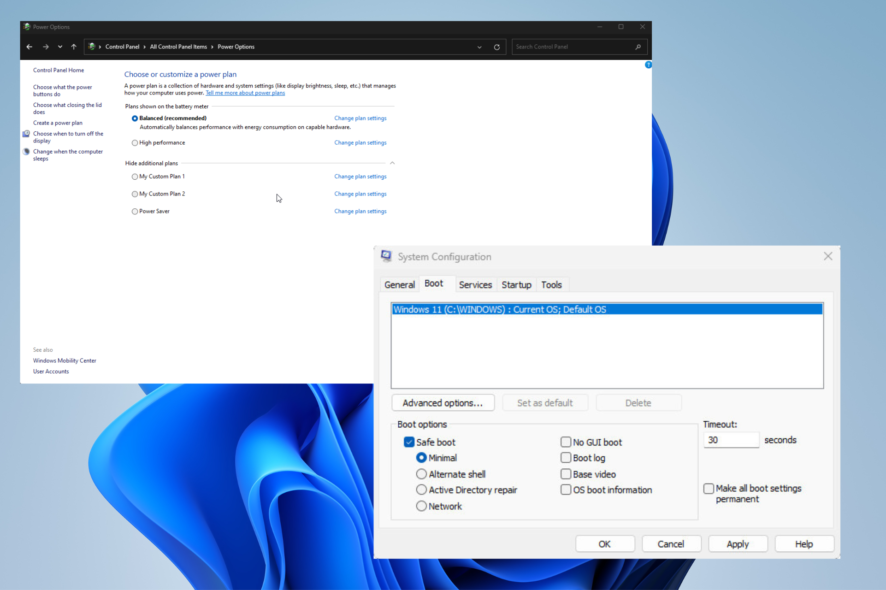
Lenovo laptops are widely regarded for their high quality, but they have quirks. Sometimes a laptop doesn’t turn on even if the Power Light does or the screen isn’t showing you anything.
The latter is especially common. Some models, like those from the Lenovo Yoga series, have malfunctioning touch screens, while the display on other lines may go completely black.
What causes the black screen in the first place?
Your Lenovo laptop’s screen going black can be caused by a lot of things, from faulty hardware to some kind of software glitch. It’s hard to pin the error down to just one thing.
The following list consists of the most likely culprits and things you should look for.
- You have faulty hardware – The faulty hardware could be a lot of things. It could be a malfunctioning hard drive, or something’s wrong with one of your laptop’s peripherals.
- Something is wrong with your display – Like the previous point, the laptop’s screen could have some broken component, or it was improperly installed during manufacturing.
- The laptop’s power supply unit isn’t working properly – You can check if something is wrong with your power supply unit by downloading an app like AIDA64 Extreme and running some tests.
- Your software is out of date – Be sure to keep up with any and all updates Microsoft rolls out. These patches often address problems that can cause the black screen error.
- Malware has infected your computer – Computer viruses can wreck your system files causing all sorts of problems. Run some antivirus software to clean it up.
- Corrupt files are preventing normal operation – Even if you get rid of a computer virus, the corruption it leaves behind can still prevent normal operation. Run an SFC scan to clear it up.
How can I fix my Lenovo laptop’s black screen error?
Try out one of the following fixes. If one doesn’t work, move on to the other.
- The first thing you should try is to restart your computer. Rebooting is a tried and true method that often fixes any software problems you may be having.
- We recommend removing any extra peripherals you have attached to your laptop, like mice, keyboards, speakers, or whatever. Those devices may have corrupt drivers causing the error.
- Press the Windows, Ctrl, Shift, and B keys simultaneously, then immediately let go. This will refresh your laptop’s display and should get it working again.
- If none of the previous solutions work, you may have irreparable damage. You’re better off connecting your Lenovo laptop to an external monitor and using that display instead.
- If you do manage to fix the problem, it’s recommended that you perform a System Restore and revert your Windows 11 computer to an earlier state to undo the errors.
- If all else fails and you still have the black screen error, you can either see if Lenovo is willing to fix it, or you can try resetting your laptop back to its factory settings.
1. Perform Startup Repair
- Launch the Settings menu. Stay on the System section, scroll down, and select Recovery.
- Click the Restart Now button next to Advanced Startup.
- When your computer restarts, click Troubleshoot then Advanced options.
- On the final page, select Startup Repair.
- Give your computer enough time to restart. When it comes back, select Administrator, enter the admin password, and click the Continue button.
2. Update Windows
- Launch the Settings menu and go to the Windows Update section.
- Click the Check for Updates button to see if there is a patch available.
- If there is, select Download & Install.
3. Update drivers
- Like in the previous solution, open the Run command.
- Enter msconfig into the Run, then click OK.
- Go to the Boot tab. Click the box next to Safe Boot, then OK.
- In the new window that appears, select Restart.
- Open the Device Manager when your computer finishes rebooting.
- Expand the Monitors entry.
- Right-click your monitor. In the context menu, select Update driver.
- Select Search automatically for drivers to automatically install new drivers.
This updating process may be tricky for some users and that’s the reason why we suggest the expert driver software below.
You can prevent these problems by using an automatic tool that will search and install the correct drivers on your computer with just a few clicks. That's why we recommend you use Outbyte Driver Updater. Here's how to do it:
- Download and install the Outbyte Driver Updater app.
- Launch the software.
- Wait for the app to detect all incompatible drivers.
- Afterward, it will show you a list of the drivers found to select the ones to Update or Ignore.
- Click on Update & Apply Selected to download and install the newest versions.
- Restart your PC to ensure the applied changes.

Outbyte Driver Updater
Use this software and solve all driver-related issues from your PC.4. Restart explorer.exe
- Launch the Task Manager and go to the Details tab.
- Scroll down until you find explorer.exe.
- Click End Task in the upper right-hand corner.
This solution is meant more for preventing future black screen errors. After this, the error shouldn’t happen again.
5. Double-check power settings.
- Right-click the Windows icon and select Run.
- Type in powercfg.cpl, then click the OK button.
- Click Choose what the power buttons do on the left side menu.
- Now, click Change settings that are currently unavailable at the top of the window.
- Toggle off the box next to Turn on fast startup to disable the feature.
- To finish up, select the Save Changes button at the bottom.
What can I do if data is lost in the process?
While fixing the black screen error, you may lose some valuable data. But don’t worry; there is a way to restore that lost data with some data recovery software.
You have the likes of Stellar Data Recovery, which can deep scan your system to locate lost files and recover media from USB. There’s also Disk Drill if you want to customize your scan.
Once you’re done, we strongly recommend backing up that data so you don’t lose it again. There are many options, like OneDrive or Microsoft Azure, with many alternatives.
For example, you have Vembu Backup, which comes with its built-in recovery tool, and Acronis, which people like for how easy it is to use.
Feel free to comment below if you have other Lenovo laptop problems. Also, leave comments below about reviews you’d like to see or information on other Lenovo products.




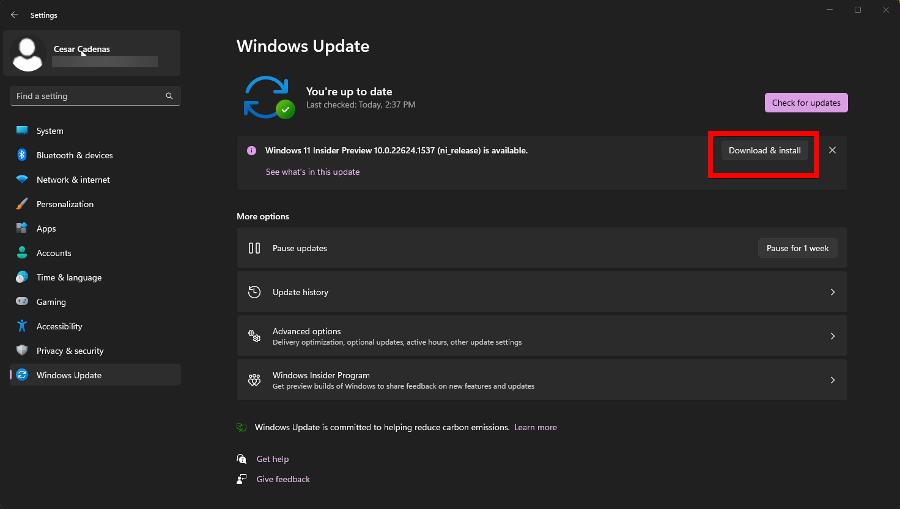

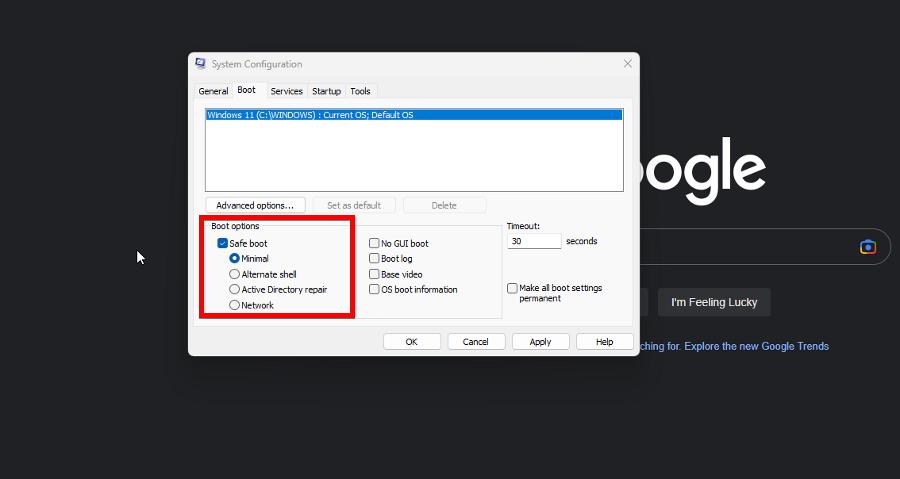



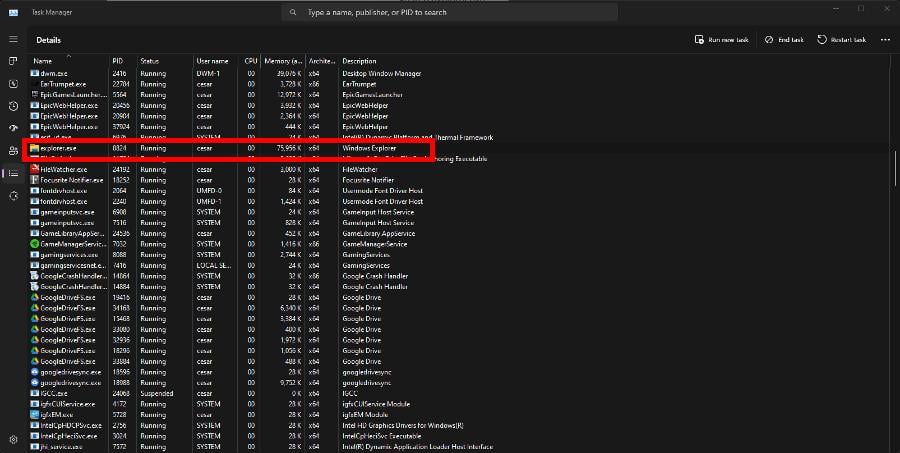
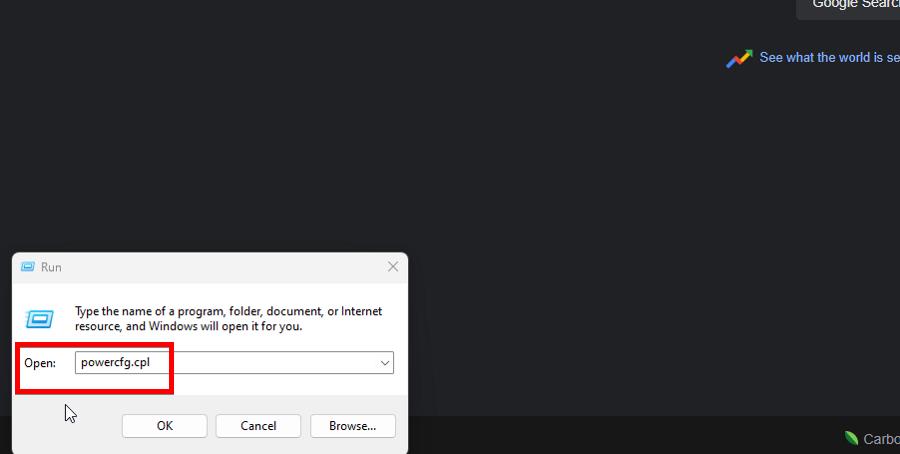

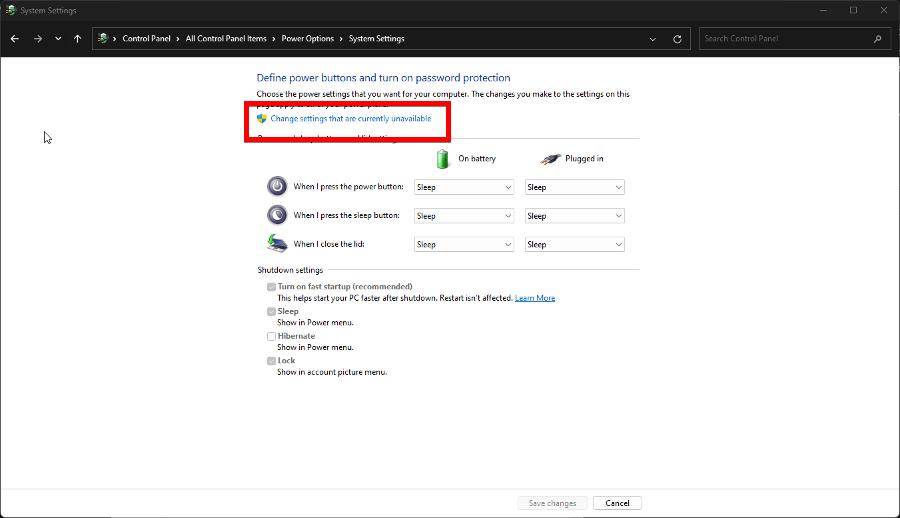



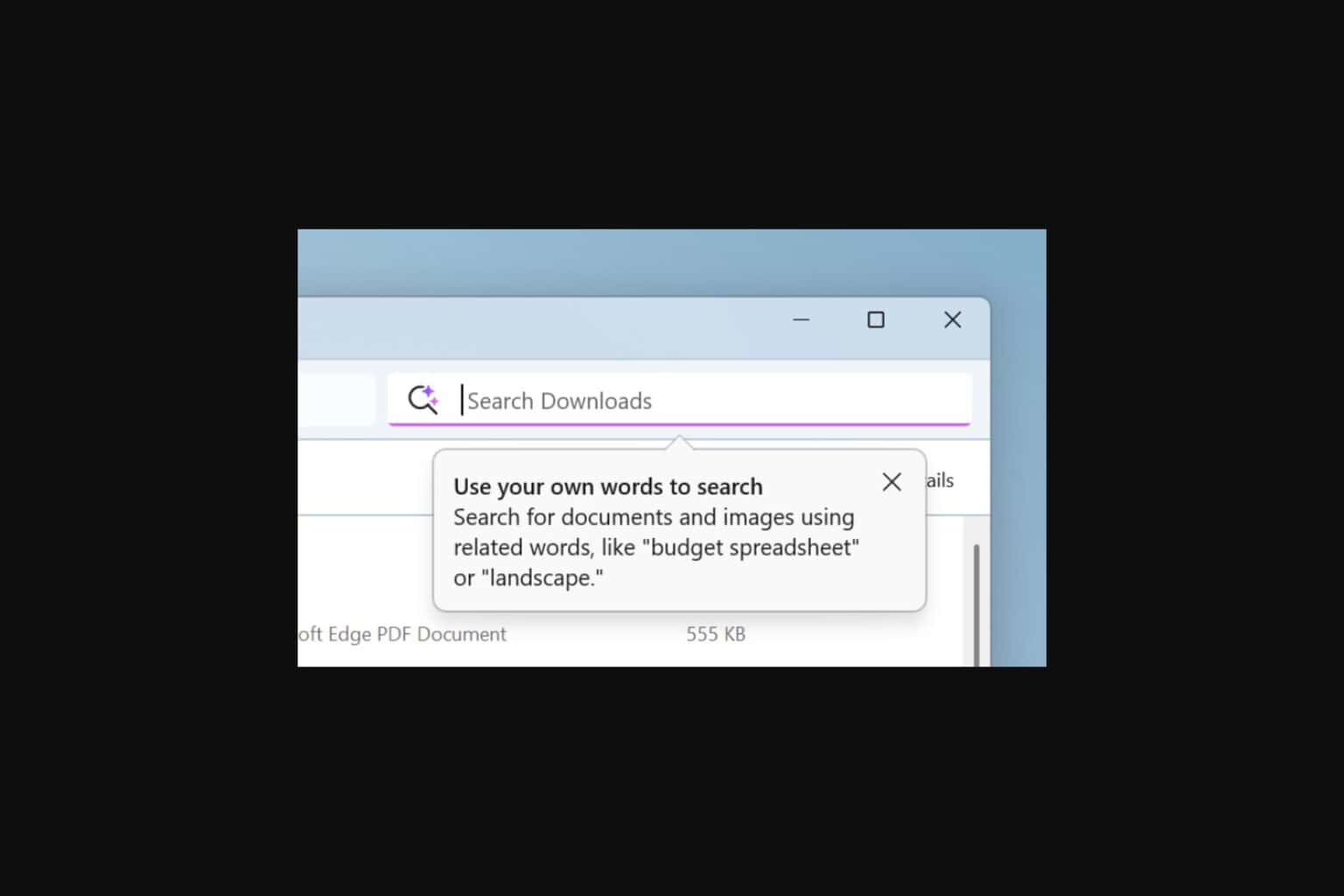
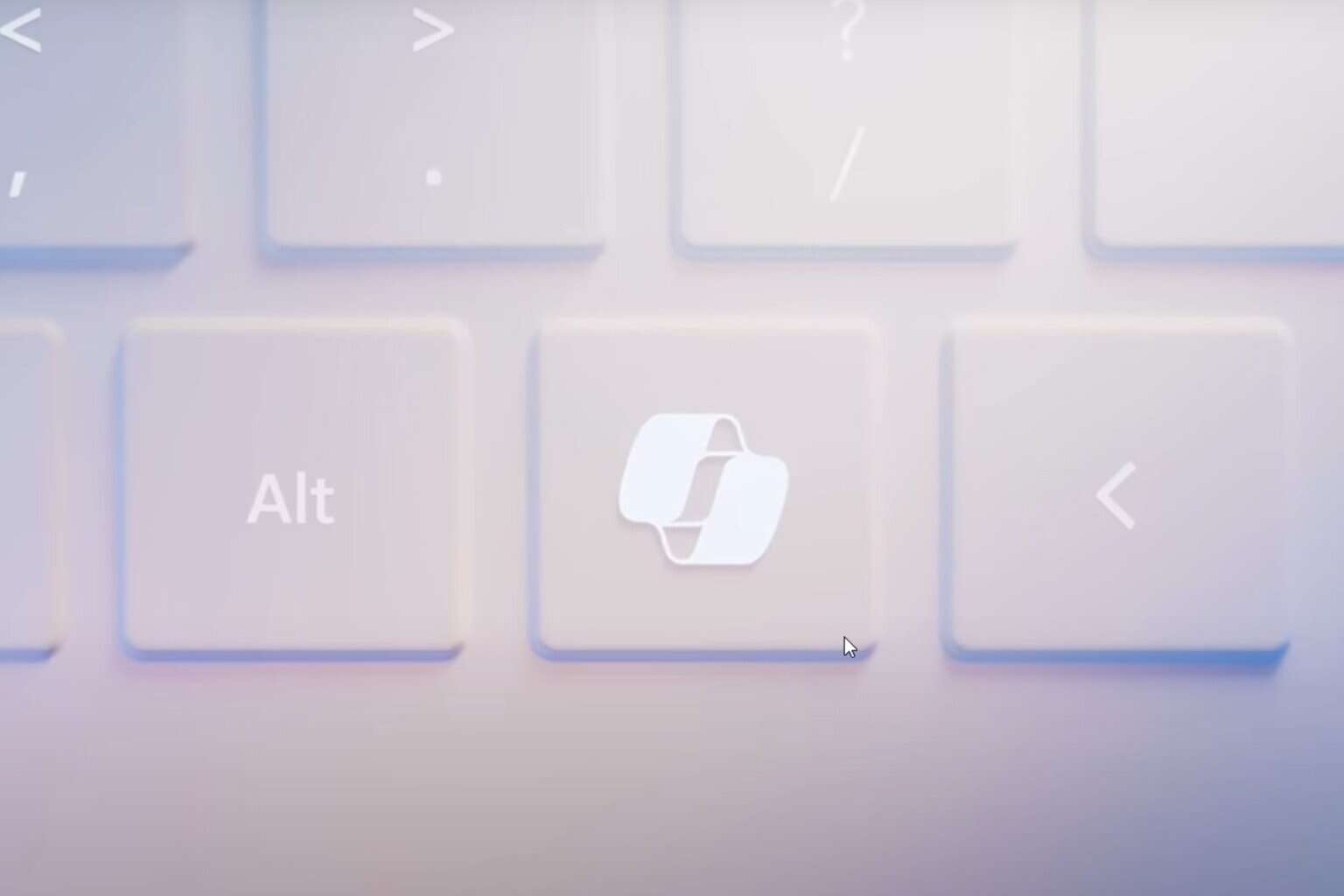
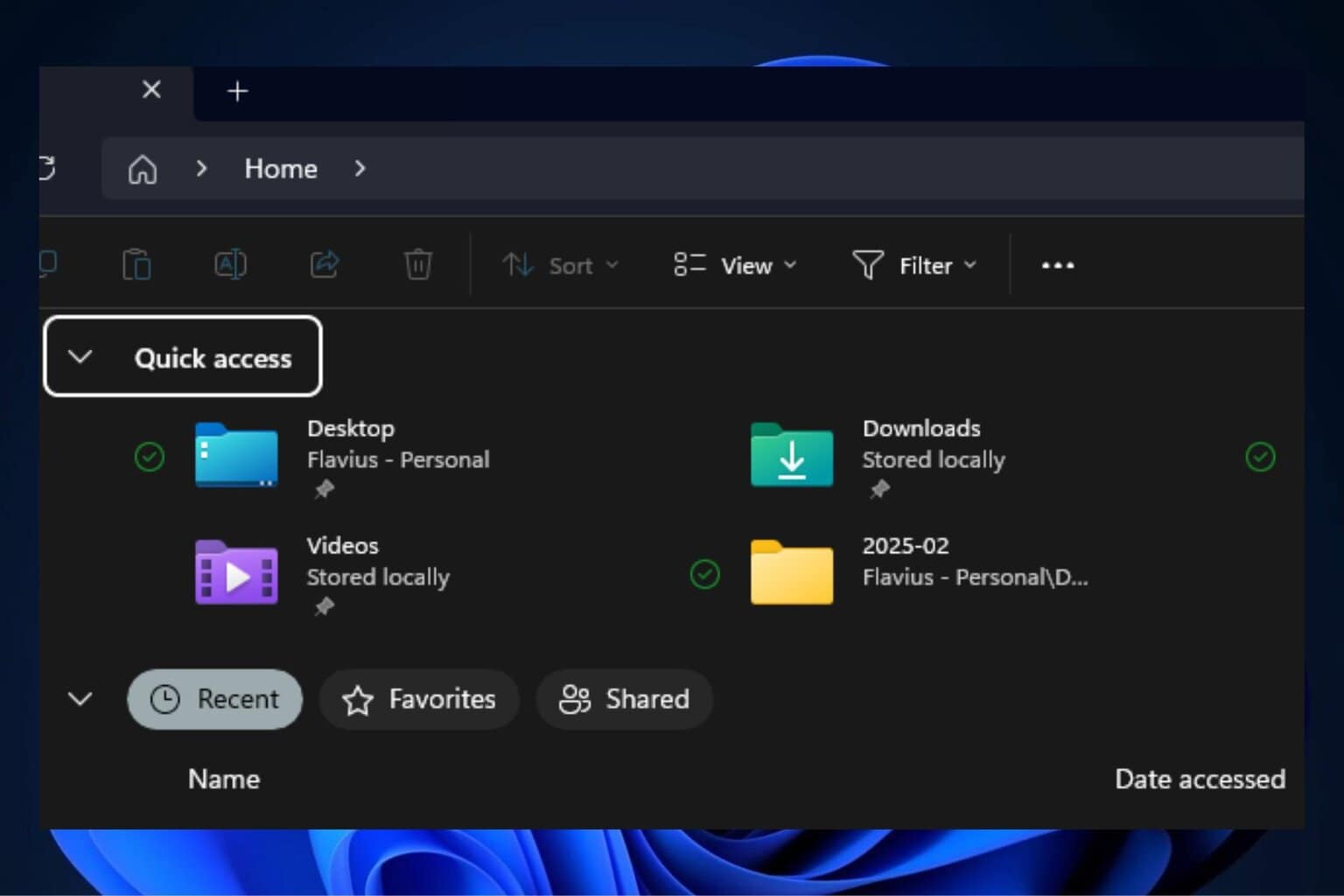

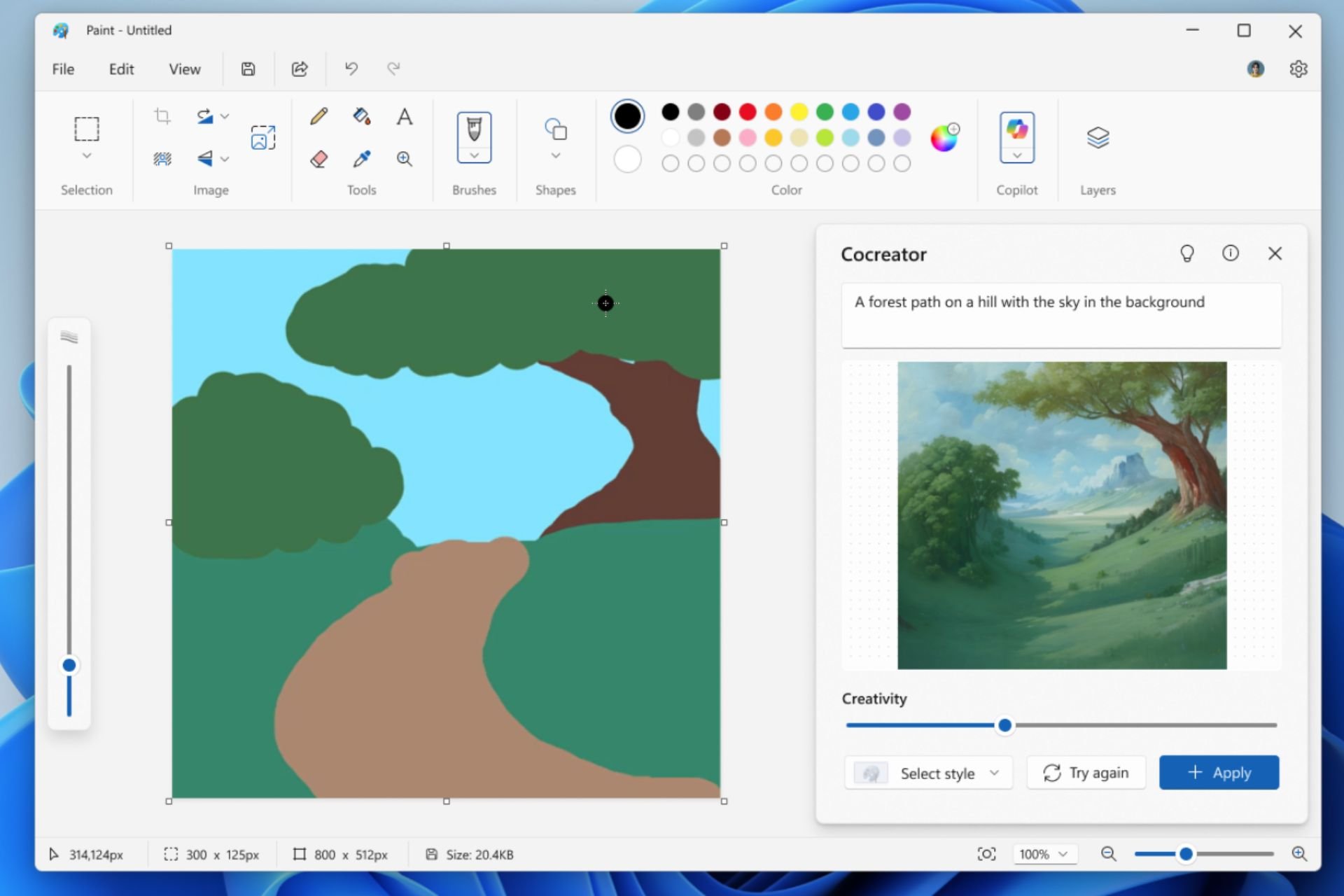
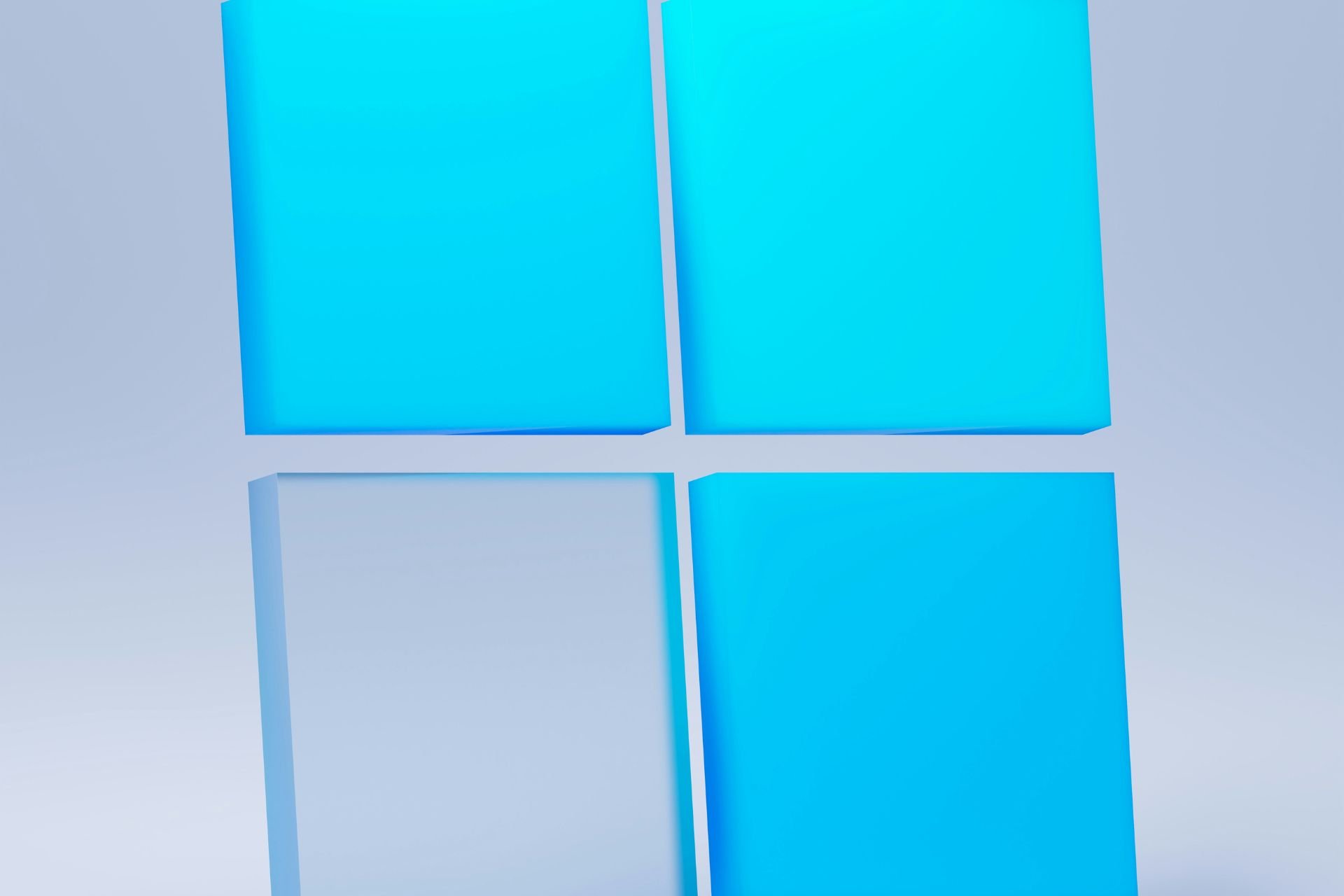

User forum
0 messages